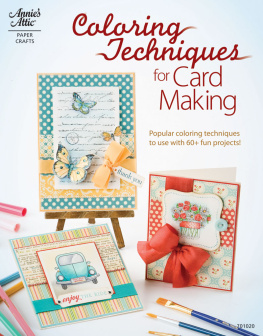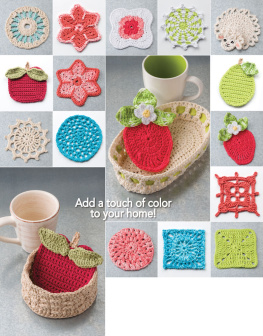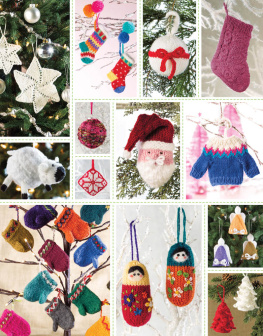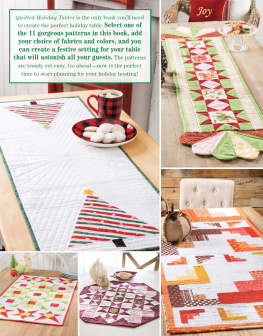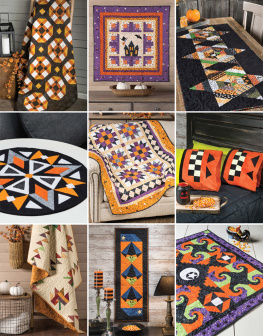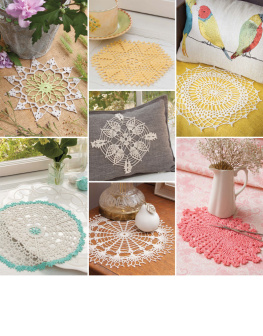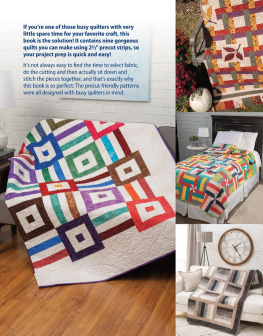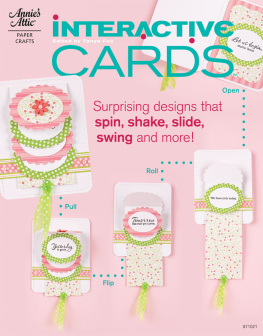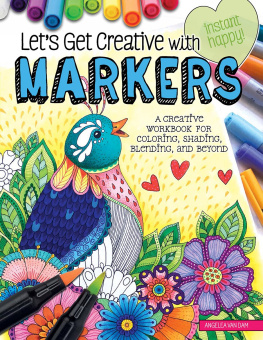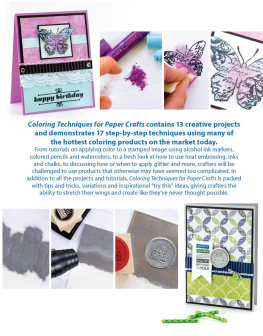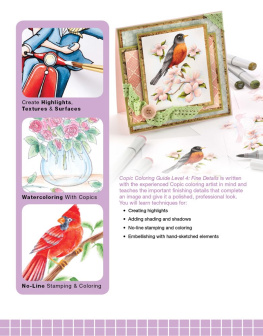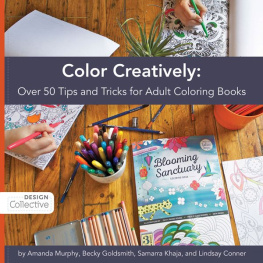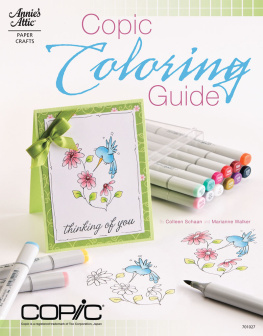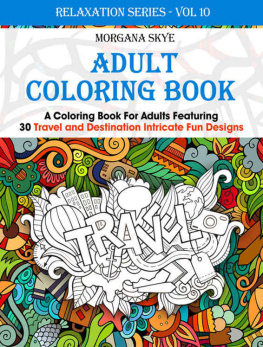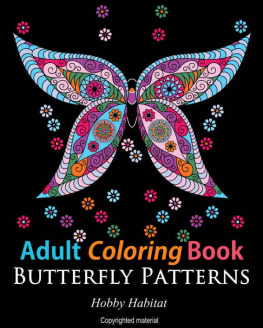
Actually, all education is self-education. A teacher is only a guide, to point out the way, and no school, no matter how excellent, can give you education. What you receive is like the outlines in a childs coloring book. You must fill in the colors yourself.
Louis LAmour
When the idea of writing a book about coloring techniques came to me it seemed too simple of an idea. And yet, the idea of teaching coloring techniques would not go away. More and more, friends were approaching me with questions about how to color, how to achieve a certain look, or the steps to create that technique. Soon they were asking for classes in a large range of mediums. I would often laugh them off and say, Just come on over, and we will sit and color together. You dont need a class; you just need a few tips and a bit of practice! As I sat at my desk planning, prepping and researching, my approach to this was as simple as the concepts I wanted to write about. I wanted you to feel you were just spending an afternoon with a friend, while gathering some new tips and techniques on coloring.
Our planning team spent many hours working on each aspect of this book. We honed in on what we considered to be the most popular coloring mediums as they relate to paper crafting, the idea of coloring techniques, and what exactly you would want in a coloring-technique book. As we compared notes we all found that at the top of our list were three main coloring mediums: watercolor, colored pencil, and the newest rage to hit the paper-crafting market, alcohol-based-ink markers. With a well-defined focus established for our book, it was time to assemble the designer team. We were looking for designers with very specific talents, and we assembled a wonderful team who we feel represent some of the best colorist designers in the industry. The product of all this behind the scenes work now sits in your hands. We hope you find the instructions clear and concise, the tips and techniques helpful, and the projects nothing short of inspiring. We invite you to gather your supplies and come spend the afternoon with us, learning to color your world in a whole new way.

Writer Bio
Keri Lee Sereika, currently living in South Carolina, is a stay at home mother of four and wife to a USAFR pilot. She has authored crafting articles for a variety of magazines and online media, and has had her designs featured in numerous publications. When shes not busy playing with her kids, youll find Keri in her studio creating projects or researching and writing articles on crafting.

Contents

The craving for color is a natural necessity just as for water and fire. Color is a raw material indispensable to life. At every era of his existence and his history, the human being has associated color with his joys, his actions and his pleasures.
Frenand Leger
If the idea of trying to blend color using a brush and water makes you skittish, perhaps a better medium to start with would be colored pencil. A quick look at the difference in pencil qualities as well as how the quality of the colored pencils used will affect the outcome of the finished piece, will help you decide which type of colored pencil is best suited for this technique.
The lead or core of a colored pencil is comprised of a mixture of pigment, wax and fillers. The ratio of color pigment to wax and filler depends heavily on the quality of colored pencil used. Typically, artist-quality colored pencils have a higher pigment to wax and filler ratio. The leads tend to be softer, and you can control the amount of color you apply to your image simply by how much pressure you apply when coloring with them. While the technique demonstrated, and many of the samples shown, will be utilizing artist-quality colored pencils, use what you have on hand for learning these techniques. If you only have craft quality colored pencils, the biggest difference you will notice is that the pigment to wax and filler ratio is much lower, causing the leads to be harder. When coloring with craft-quality colored pencils you will find that they do not leave as much pigment and often need additional layers and applications of color to achieve the depth of color you are looking for.
The wax-based leads of colored pencils can be broken down using a blending agent called artistgrade odorless mineral spirits (OMS). The color can then be blended or moved along the surface of the paper using a tool called an artist blending stump. A blending stump is a tool formed of compressed paper pulp. The pulp is pressed into a dense tube and sharpened at both ends. It can be sharpened and cleaned using a sanding block or sandpaper pad. When looking for artist blending stumps, do not be fooled into purchasing tortillions. Tortillions are also used for blending, but they are tightly wrapped, hollow, paper blending instruments. And while they are created for blending, they will not soak up the blending agent the way a blending stump will; therefore, they will not produce the same outcome.
When working with colored pencils it doesnt really matter what type of ink you use to stamp your image, but you will need a good smooth-surfaced card stock for ease of blending. A good smooth-surfaced card stock with tightly woven fibers allows the pigment to be broken down and blended across the surface, whereas a lesser quality, rougher-surfaced card stock can be difficult to work with because the pigment tends to stay where you put it and will not blend out as nicely.
Begin by stamping your image and choosing which colors you plan on working with. It will be helpful to have multiple blending stumps to work with so that you do not have to sand as much between color changes and color applications.

Apply a heavy line of color to the left side of the areas you choose to color with your first color.

Roll or dip the tip of your blending stump into the odorless mineral spirits (OMS) until it is fully saturated, but not dripping. Note:If you are wary of working with odorless mineral spirits, are pregnant or have an allergy to it, pure baby oil can be used instead for this technique. It must be used sparingly so as to not stain the image you are working on, so a bit of experimentation should be done to find out just how much oil is needed to break down the wax and fillers in the colored pencil leads.

Using small circular motions, blend the color into the open white area of the image.

Next page
